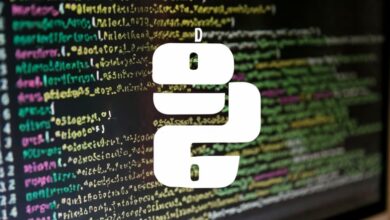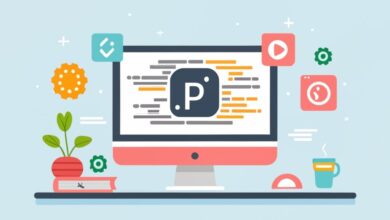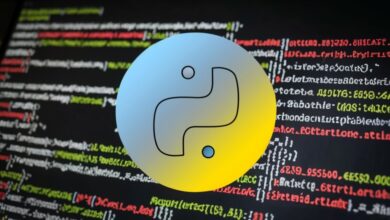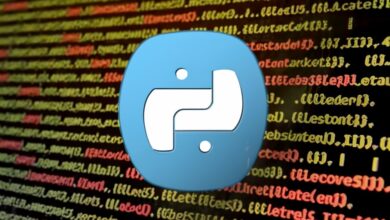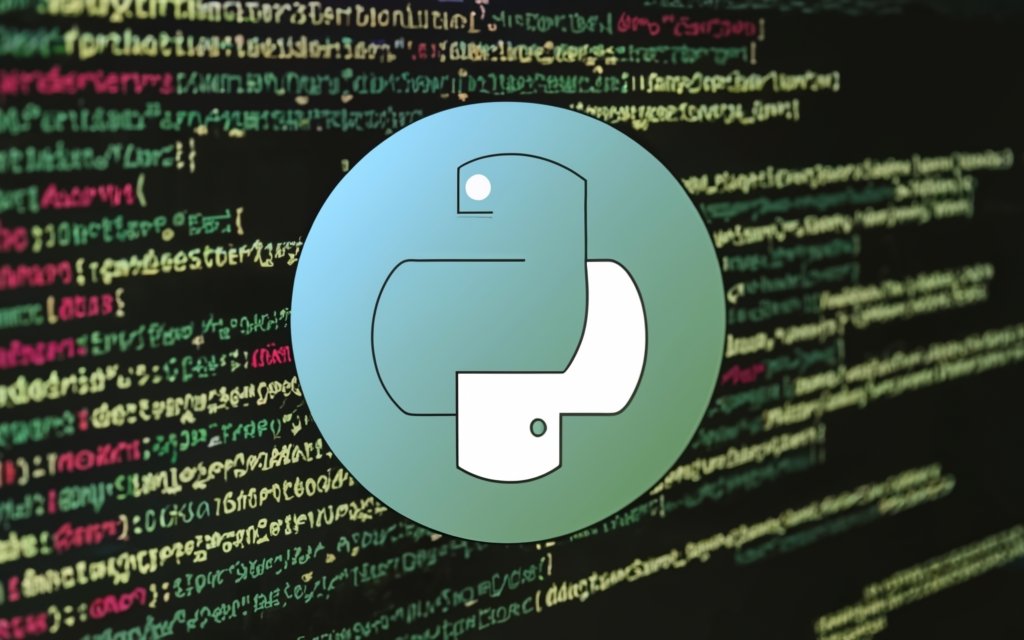
Understanding Python Variables
Demystifying the Magic Boxes: A Guide to Understanding Python Variables
In the captivating world of Python, where lines of code weave intricate tapestries of logic, variables reign supreme. These versatile containers hold data, the very lifeblood of your programs, allowing you to manipulate, analyze, and ultimately transform information into impactful results. This guide dives deep into the fascinating realm of Python variables, equipping you with the knowledge to master their usage and unlock their boundless potential.
1. The Essence of Variables: Storing and Naming Data
At its core, a Python variable is simply a named memory location that stores a specific value. This value can be anything from basic numbers and text to complex data structures like lists and dictionaries. By assigning meaningful names to these memory locations, you create intuitive references within your code, making it easier to understand and manipulate the stored data.
Python
# Assign an integer value to a variable named "age"
age = 25
# Store a descriptive message in a variable named "greeting"
greeting = "Hello, world!"
# Create a list of fruits in a variable named "fruits"
fruits = ["apple", "banana", "orange"]
2. Unveiling the Treasure Trove: Different Types of Data
Python offers a diverse treasure trove of data types to cater to every need:
- Numbers: Integers (whole numbers) like 10 or -5, and floats (numbers with decimals) like 3.14 or 9.81.
- Strings: Sequences of characters enclosed in quotes, like “This is a string” or ‘Another valid string’.
- Booleans: True or False values representing binary choices or logical conditions.
- None: A special value indicating the absence of any data.
- Sequences: Ordered collections of values like lists (
[1, 2, 3]) or tuples ((1, "apple", True)) - Mappings: Unordered collections of key-value pairs like dictionaries (
{"name": "Alice", "age": 25})
Understanding these data types is crucial for choosing the right variable to store your desired information.
3. The Art of Naming: Crafting Meaningful Variable Names
Choosing clear and descriptive names for your variables is an art form. Good names enhance code readability, maintainability, and ultimately, your own understanding. Here are some tips:
- Use relevant and concise names: Avoid generic names like “x” or “y”. Instead, choose names that clearly reflect the data they store, like “total_cost” or “customer_name”.
- Follow camelCase or snake_case conventions: Use consistent capitalization styles for improved readability. CamelCase (e.g., totalPrice) is preferred for class names, while snake_case (e.g., total_price) is common for variable names.
- Avoid abbreviations unless universally understood: While abbreviations can save space, prioritize clarity over brevity. Use universally understood abbreviations like “ID” for identification number.
4. The Power of Assignment: Binding Variables to Data
The magical act of assigning data to a variable occurs through the equal sign (=) operator. This binds the data to the named memory location, allowing you to reference it throughout your program using the chosen variable name.
Python
# Assign the sum of two numbers to a variable named "total"
total = 5 + 10
# Extract the first element of a list and store it in "first_fruit"
first_fruit = fruits[0]
# Assign the result of a function call to "average_score"
average_score = calculate_average(scores)
5. Beyond the Basics: Advanced Variable Techniques
As your coding journey progresses, delve into these advanced techniques to unlock the full potential of variables:
- Multiple Assignments: Assign the same value to multiple variables simultaneously for cleaner and more concise code.
- Variable Scope: Understand how the scope of a variable (local or global) determines its accessibility within different parts of your program.
- Type Casting: Convert data from one type to another when necessary to perform specific operations using appropriate functions like
int()orstr(). - Data Validation: Implement routines to check and ensure the validity of data assigned to variables before using it further.
6. Remember: Variables are Your Code’s Companions
Embrace the power of variables! By wielding them wisely and understanding their intricacies, you transform your Python programs from static statements to dynamic tools capable of manipulating, analyzing, and transforming information into anything you can imagine. So, unlock the magic boxes of variables, name them thoughtfully, and watch your coding skills blossom as you navigate the captivating world of Python with confidence and control!
Remember, the journey of mastering variables is a continuous exploration. Keep practicing, experimenting with different data types and techniques, and seeking guidance.

